Our Fields of Work
At the forefront of modern residential architecture, we pride ourselves on creating captivating living spaces that exude innovation and timeless elegance. Our signature lies in the artful incorporation of special glasses, elevating each design to new heights of sophistication. Windows and doors are meticulously crafted using a combination of tempered, laminated, and double-glazed glass, ensuring not only unmatched security but also optimal thermal insulation. Embracing the beauty of nature, our designs embrace skylights that flood the interiors with natural light, creating a warm and welcoming atmosphere. To further enhance the aesthetic, our team masterfully crafts sleek railings, canopies, showers, and mirrors, all featuring triple-glazed glass to not only add a touch of luxury but also ensure enhanced energy efficiency, making each project an exceptional blend of beauty and practicality.
The booming architectural glass industry is driven by a strong focus on sustainability and green building practices, resulting in increased demand for energy-efficient glass products like low-E coatings and insulated glass units. These solutions significantly reduce energy consumption, carbon footprint, and enhance comfort and productivity in corporate buildings, shopping malls, and public spaces.
Architectural glass serves not only as an energy-efficient measure but also as a prominent design element in modern architecture. Technological advancements allow for stunning visual effects and unique features, including glass facades, balustrades, and decorative panels. Architects leverage these possibilities to maximize natural light, capture scenic views, and elevate spatial qualities, achieving visually striking facades and interiors.
The industry offers a wide range of glass products for commercial buildings, such as curtain walls combining glass and metal for sleek aesthetics, abundant natural light, and scenic views. Glass facades take this further by creating fully transparent exteriors using large glass panels joined by structural glazing systems.
Customizable skylights are also prevalent in commercial spaces, providing invigorating natural light to areas like shopping malls and atriums. Overall, the architectural glass industry’s growth is fueled by its contributions to sustainability, energy efficiency, and innovative design, transforming modern architectural landscapes.
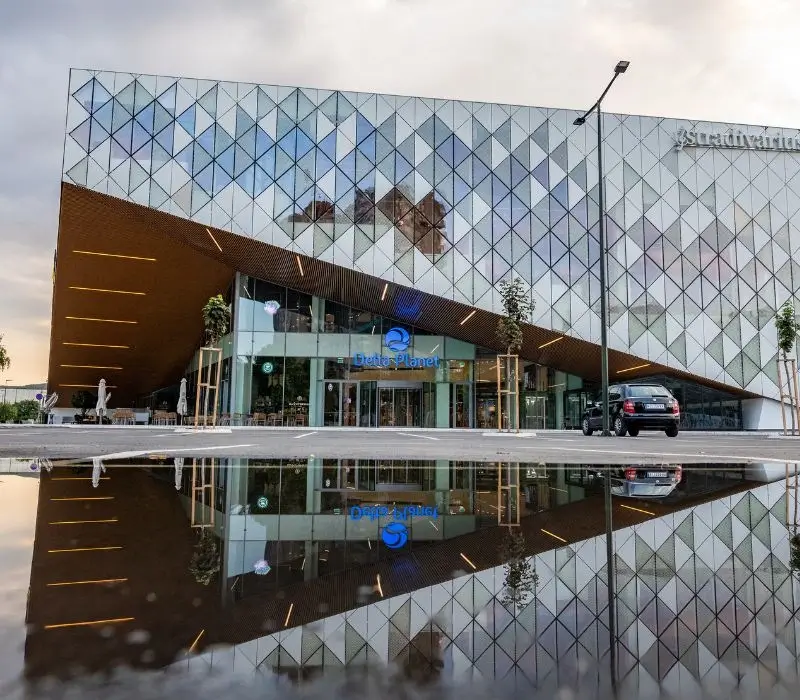
The residential glass industry produces a wide range of glass products that are used in homes and residential buildings. Some of the most common products include:
Windows: Residential windows are typically made from a variety of glass types and materials, including tempered, laminated, and insulated glass. They are designed to provide a combination of energy efficiency, sound insulation, and natural light, while also enhancing the aesthetic appeal of a home.
Doors: Glass doors are a popular feature in modern residential architecture, and can be used for entryways, patio doors, and interior doors. They come in a variety of styles and glass types, ranging from clear to frosted to textured.
Overall, the residential glass industry offers a wide range of products that are designed to enhance the functionality and aesthetic appeal of homes and residential buildings. From windows and doors, glass is proving to be an increasingly popular and versatile material in modern residential design.

The interior glass industry offers a diverse range of products to enhance functionality and aesthetics in interior spaces. Common items include glass partitions, which divide spaces while maintaining openness and can be customized with frosted or colored finishes. Glass shower enclosures provide a sleek and hygienic look for modern bathrooms, while glass doors offer separation between rooms while maintaining an airy feel. Glass backsplashes add color and interest to kitchens and bathrooms, and glass stairs and railings provide a sleek and safe design element. Tempered or laminated glass can be used, and customization options cater to various spaces. Overall, interior glass proves increasingly popular and versatile in modern interior design, elevating the appeal and practicality of indoor environments.
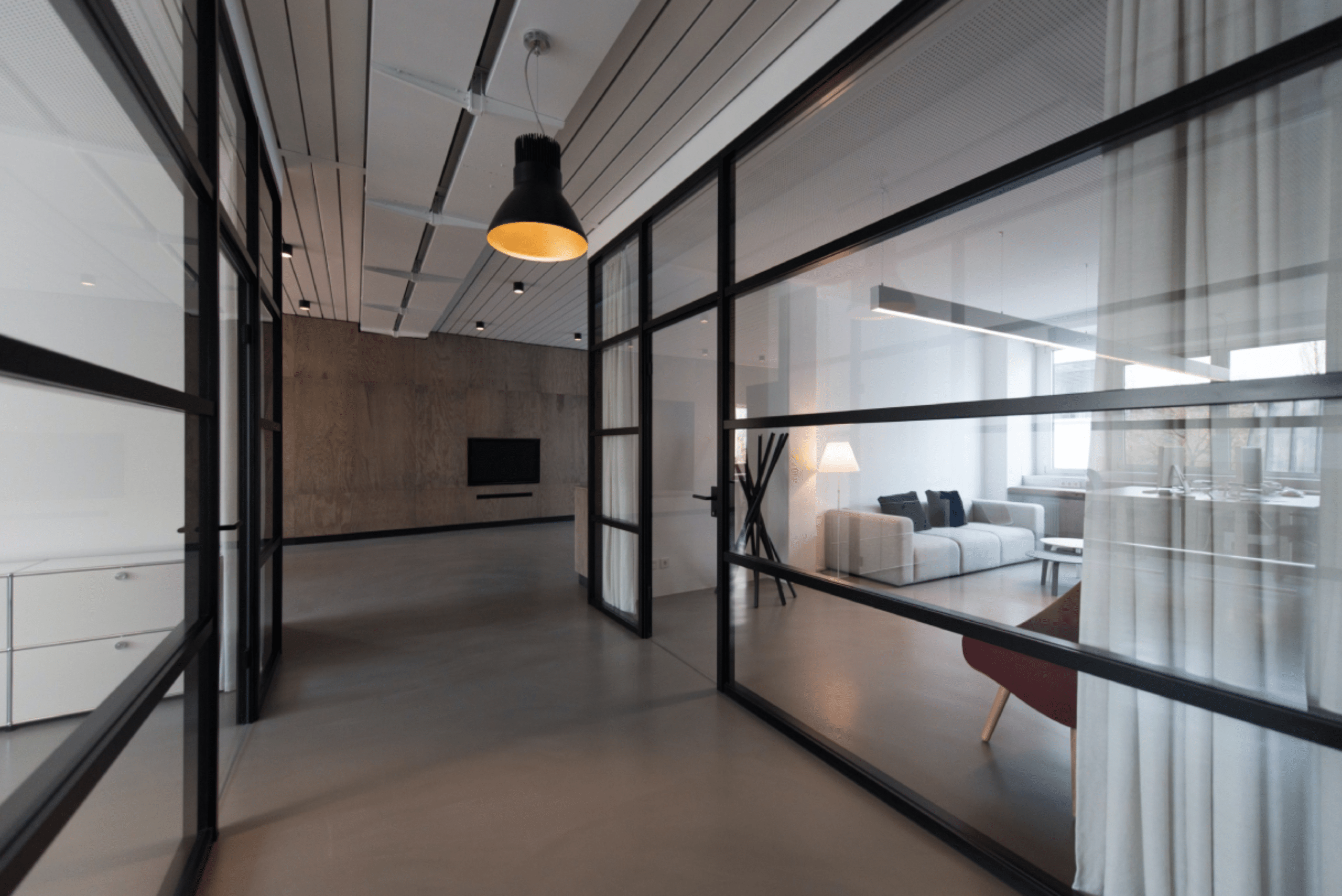
The special glass industry caters to specialized applications, requiring specific properties like high strength, heat or chemical resistance, and optical clarity. Common products include tempered glass, which is up to five times stronger than regular glass, achieved by heating and rapidly cooling it to create compression forces. Laminated glass bonds multiple layers with PVB or EVA, resulting in exceptional strength, impact resistance, sound insulation, and UV protection. Heat-resistant glass withstands high temperatures without breaking or shattering, widely used in applications such as oven doors, cookware, and laboratory equipment. The industry offers a diverse range of glass products meeting specific requirements for various fields and industries, from tempered and laminated to heat-resistant.

Purposes
Glass used for windows and doors serves multiple essential purposes in buildings. Firstly, it provides a transparent barrier that allows natural light to enter, brightening interiors and reducing the need for artificial lighting during the day, leading to energy savings. Secondly, it enables occupants to have clear views of the surrounding environment, enhancing aesthetics and connecting indoor spaces with the outdoors.
Furthermore, modern glass for windows and doors is designed to be energy-efficient. Double and triple glazing units are popular choices. Double glazing consists of two glass panes with a sealed air or gas-filled (Argon) space in between, offering improved insulation and noise reduction compared to single-pane glass. Triple glazing takes this a step further with three glass panes and two insulating layers, providing even higher thermal performance and sound insulation.
In addition to energy efficiency, glass for windows and doors also contributes to the overall security of a building, offering a durable barrier against external elements and potential intruders while still maintaining its transparent properties.
Glass railings are a popular architectural choice due to their modern and elegant appeal. They offer a sense of openness and transparency, allowing unobstructed views and enabling natural light to flow freely, making spaces feel brighter and more inviting. Glass railings are commonly used in various settings, such as balconies, staircases, decks, and terraces.
One of the key features of glass railings is their versatility. They can be customized to fit different design aesthetics, from minimalist and contemporary to classic and ornate styles. Glass railings are available in various types, including tempered and laminated glass.
Tempered glass is heated and rapidly cooled during the manufacturing process, making it several times stronger than regular glass. If broken, it shatters into small, less harmful pieces, reducing the risk of injury. On the other hand, laminated glass consists of multiple layers with an interlayer that holds the glass together if it breaks, providing an added safety measure.
Besides their aesthetic and safety advantages, glass railings are relatively low-maintenance and can withstand exposure to the elements, making them suitable for both indoor and outdoor use. They also contribute to an open and spacious feel, making them an excellent choice for enhancing the visual appeal and functionality of any space.
Facade glass is a popular architectural element known for its aesthetic appeal and functional benefits. It plays a crucial role in the exterior appearance of buildings, creating a striking visual impact. Structural glazing is a prevalent technique used in facade glass installations.
Structural glazing involves attaching glass panels to the building’s framework using high-performance adhesives, eliminating the need for visible mechanical fixings. This creates a seamless and modern look, enhancing the building’s overall design. The technique offers exceptional weather resistance, energy efficiency, and sound insulation, contributing to a comfortable and sustainable indoor environment.
Facade glass with structural glazing allows for large, uninterrupted glass surfaces, maximizing natural light penetration and providing panoramic views. This combination of aesthetics, functionality, and performance makes facade glass with structural glazing a popular choice in contemporary architecture, adding elegance and sophistication to buildings of all types.
Skylight and canopy glass are versatile architectural elements that add charm and functionality to buildings. Skylights are overhead glass installations on roofs, allowing natural light to flood interiors, reducing the need for artificial lighting during the day. They create a sense of openness and airiness, uplifting the ambiance of spaces like atriums, stairwells, and corridors.
Canopy glass, on the other hand, serves as an extended roof or shelter, providing protection from the elements while offering a seamless blend of indoor and outdoor spaces. Canopies are commonly used at building entrances, walkways, and outdoor areas, offering weather protection and enhancing the overall architectural aesthetics.
Both skylight and canopy glass can be designed using structural glazing techniques, ensuring a sleek and modern appearance with minimized visible fixings. These glass installations not only add visual appeal to the building but also contribute to energy efficiency by harnessing natural light, making them an ideal choice for sustainable and inviting architecture.
Interior glass partitions in office cubicles prioritize efficiency, aesthetics, and employee well-being. Tempered glass gains strength and safety through controlled heating and cooling, breaking into small, less harmful pieces if shattered. Laminated glass enhances security, holding the glass together when broken, ideal for accident-prone or secure environments.
Sound isolation is a significant advantage, achieved with tempered and laminated glass of appropriate thickness, fostering a quieter and more focused atmosphere for improved productivity.
Glass partitions also infuse natural light, saving energy and enhancing the workforce’s well-being. Customizable to complement interior design, they add modern elegance and branding elements, creating a professional environment.
Overall, interior glass partitions with tempered and laminated glass promote safety, natural light utilization, and sound isolation, fostering a harmonious and productive office space aligned with contemporary work dynamics.
Glass used for showers and mirrors offers practical and aesthetic benefits, with single glass being a common choice for these applications.
In shower enclosures, single glass panels provide a sleek and minimalist look, creating an open and airy feel in the bathroom. They are easy to clean and maintain, making them a practical option for busy households. Single glass shower doors with a frameless design offer a seamless and contemporary appearance, enhancing the overall aesthetics of the bathroom.
As for mirrors, single glass is often used for its clarity and reflective properties. It serves as a functional element in bathrooms, dressing rooms, and other spaces, offering a clear and accurate reflection. Single glass mirrors are versatile and can be custom-cut to fit various shapes and sizes, making them suitable for different interior design styles.
Overall, single glass for showers and mirrors combines practicality and elegance, enhancing both the functionality and aesthetics of interior spaces.
Product types
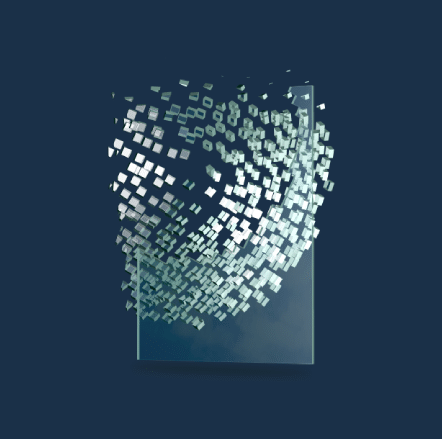
Product Specification: Tempered Glass
Product Name: Tempered Glass
Description:
Tempered glass is a safety glass processed through controlled heating and rapid cooling, resulting in increased strength and safety properties. The glass is four to five times stronger than regular glass, making it highly durable and resistant to impact. If broken, tempered glass shatters into small, harmless pieces, reducing the risk of injury compared to sharp shards from standard glass.
Application:
Tempered glass is suitable for a wide range of applications, including:
1. Safety glass for windows and doors in residential and commercial buildings.
2. Glass partitions and dividers in offices and interior spaces.
3. Shower enclosures and glass doors for bathrooms.
4. Glass balustrades and railings for balconies and staircases.
5. Glass shelves and tabletops for furniture and displays.
6. Automotive glass, such as side and rear windows.
7. Glass panels for ovens, microwaves, and other appliances.
Features:
1. Increased strength and durability.
2. Enhanced safety due to shatter-resistant properties.
3. Thermal resistance, suitable for high-temperature applications.
4. Versatility in customization and various shapes and sizes.
5. Clarity and transparency for unobstructed views and natural light penetration.
Specifications:
1. Glass Type: Tempered Glass
2. Thickness: Available in various thicknesses, ranging from 4mm to 12mm or as per customer requirements.
3. Size: Customizable dimensions, as per project specifications.
4. Edges: Flat polished edges, chamfered edges, or custom edge treatments available.
5. Tolerance: Compliant with industry standards for thickness, size, and edge quality.
6. Impact Resistance: Conforms to relevant safety standards to withstand high-impact loads.
7. Certification: Tempered glass complies with safety standards, such as ASTM C1048, EN 12150, or ISO 9001, ensuring top-quality manufacturing and safety performance.
Packaging:
Tempered glass is carefully packaged to prevent damage during transportation and storage. It is typically packed between layers of protective materials and securely crated to ensure safe delivery to the customer.
Note: Proper handling and installation of tempered glass are essential to maintaining its safety and performance characteristics. Consult with a professional glazier or installer for proper application and safety guidelines.
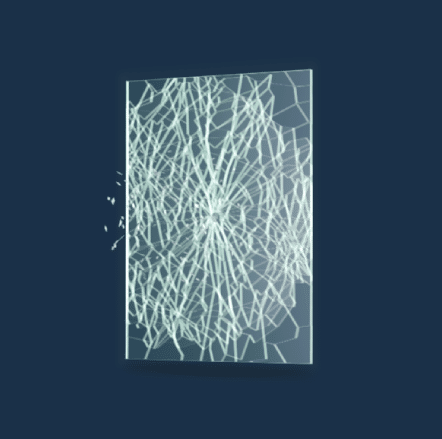
Product Specification: Laminated Glass
Product Name: Laminated Glass
Description:
Laminated glass is a safety glass composed of two or more layers of glass bonded together with an interlayer of polyvinyl butyral (PVB) or ethylene-vinyl acetate (EVA). This interlayer holds the glass together even if broken, providing enhanced safety and security compared to standard glass.
Application:
Laminated glass is suitable for various applications, including:
1. Safety glass for windows and doors in residential and commercial buildings.
2. Glass partitions and facades in offices and interior spaces.
3. Skylights and canopies for natural light infusion and weather protection.
4. Glass balustrades and railings for balconies and staircases.
5. Automotive glass, such as windshields and sunroofs.
6. Glass panels for museums, display cases, and aquariums.
7. Soundproofing applications in noisy environments.
Features:
1. Enhanced safety due to the interlayer that holds the glass together when shattered.
2. Resists penetration, providing a barrier against forced entry and impact.
3. Sound insulation, reducing noise transmission between spaces.
4. UV protection, minimizing fading of furnishings and interiors.
5. High clarity and transparency for unobstructed views and natural light penetration.
Specifications:
1. Glass Type: Laminated Glass
2. Composition: Two or more layers of glass with an interlayer of PVB or EVA.
3. Thickness: Available in various thicknesses, ranging from 6.38mm to 12.76mm or as per customer requirements.
4. Size: Customizable dimensions, as per project specifications.
5. Interlayer Color: Clear, tinted, or customized colors available.
6. Impact Resistance: Compliant with industry standards for safety and impact performance.
7. UV Transmittance: Low UV transmittance to protect interiors and furnishings from harmful UV rays.
8. Certification: Laminated glass conforms to safety standards, such as ANSI Z97.1, EN 14449, or ISO 9001, ensuring top-quality manufacturing and safety performance.
Packaging:
Laminated glass is securely packaged to prevent damage during transportation and storage. It is typically packed between layers of protective materials and encased in wooden crates to ensure safe delivery to the customer.
Note: Laminated glass offers superior safety and security benefits and is ideal for applications where impact resistance and protection are crucial. Consult with a professional glazier or installer for proper application and safety guidelines.
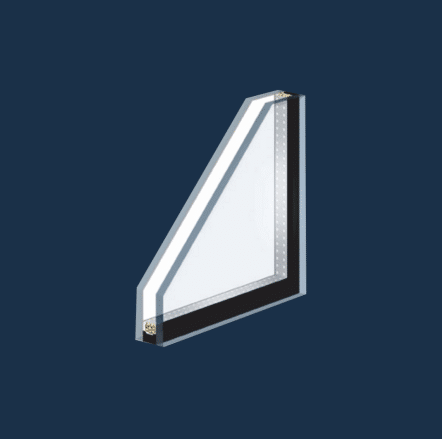
Product Specification: Double Glazing Glass
Product Name: Double Glazing Glass
Description:
Double glazing glass, also known as insulated glass, is a specialized type of glass unit consisting of two glass panes separated by a spacer and sealed around the edges. The space between the panes is typically filled with air or an insulating gas, creating an energy-efficient barrier that provides improved thermal and acoustic performance compared to single-pane glass.
Application:
Double glazing glass is suitable for a wide range of applications, including:
1. Windows and doors in residential and commercial buildings for enhanced energy efficiency and noise reduction.
2. Facades and curtain walls in modern architecture, providing better insulation and weather resistance.
3. Skylights and conservatories, offering improved thermal comfort and natural light control.
4. Interior partitions and glass dividers for soundproofing and privacy.
5. Refrigeration units and display cases for improved thermal insulation.
6. Sound barriers and acoustic enclosures in noisy environments.
Features:
1. Improved thermal insulation, reducing heat transfer and providing energy savings.
2. Effective noise reduction, creating a quieter and more comfortable indoor environment.
3. Condensation reduction, preventing fogging and moisture buildup on the glass surface.
4. Enhanced safety and security due to the multiple layers of glass.
5. UV protection, minimizing fading of furnishings and interiors.
6. Customizable options for spacer thickness, gas filling, and glass types.
Specifications:
1. Glass Type: Double Glazing Glass (Insulated Glass Unit)
2. Composition: Two glass panes separated by a spacer and sealed with a desiccant to maintain dryness and prevent condensation.
3. Spacer Material: Aluminum, stainless steel, or warm-edge spacers for improved thermal performance.
4. Air Gap Thickness: Typically 6mm to 20mm, with wider gaps providing better insulation.
5. Gas Filling: Optional gas filling (e.g., argon, krypton, or xenon) for enhanced thermal efficiency.
6. Low-E Coating: Optional low-emissivity coating for further energy efficiency and solar control.
7. Thickness: Available in various thicknesses, ranging from 4mm to 12mm or as per customer requirements.
8. Size: Customizable dimensions, as per project specifications.
9. Certification: Compliant with industry standards, such as EN 1279 or ASTM E2190, ensuring top-quality manufacturing and performance.
Packaging:
Double glazing glass units are securely packaged with protective materials to prevent damage during transportation and storage. They are typically packed in wooden crates to ensure safe delivery to the customer.
Note: Double glazing glass offers significant energy-saving benefits and improved comfort. Consult with a professional glazier or installer for proper application and to select the most suitable options for specific requirements.
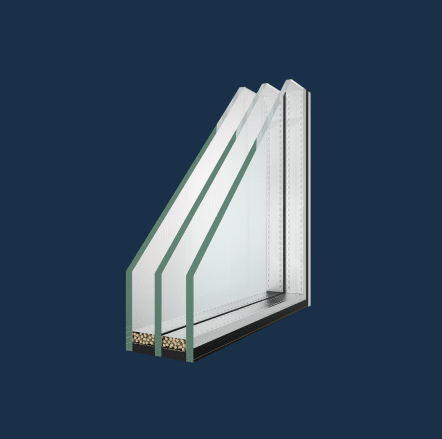
Product Specification: Triple Glazing Glass
Product Name: Triple Glazing Glass
Description:
Triple glazing glass is a high-performance insulated glass unit comprising three glass panes separated by two spacers and sealed at the edges. The space between the panes is typically filled with insulating gas, providing superior thermal and acoustic performance compared to double glazing glass.
Application:
Triple glazing glass is suitable for various applications, particularly in environments where extreme weather conditions, noise reduction, and energy efficiency are essential, including:
1. Energy-efficient windows and doors for residential and commercial buildings.
2. Passive houses and low-energy buildings for optimal thermal insulation.
3. Noise-sensitive areas, such as near airports, busy streets, or industrial zones.
4. Buildings in cold climates, offering enhanced heat retention and comfort.
5. Sustainable construction projects, promoting energy conservation.
6. Sound studios and recording spaces, ensuring excellent acoustic isolation.
Features:
1. Exceptional thermal insulation, significantly reducing heat loss and improving energy efficiency.
2. Superior noise reduction, creating a peaceful and quiet indoor environment.
3. Reduced condensation, preventing fogging and moisture buildup on the glass surface.
4. Enhanced safety and security due to the multiple layers of glass.
5. UV protection, minimizing fading of furnishings and interiors.
6. Customizable options for spacer thickness, gas filling, and glass types.
Specifications:
1. Glass Type: Triple Glazing Glass (Insulated Glass Unit)
2. Composition: Three glass panes separated by two spacers and sealed with a desiccant to maintain dryness and prevent condensation.
3. Spacer Material: Aluminum, stainless steel, or warm-edge spacers for improved thermal performance.
4. Air Gap Thickness: Typically ranging from 8mm to 20mm, providing excellent insulation.
5. Gas Filling: Insulating gas filling (e.g., argon, krypton, or xenon) for maximum thermal efficiency.
6. Low-E Coating: Optional low-emissivity coating for enhanced energy efficiency and solar control.
7. Thickness: Available in various thicknesses, ranging from 4mm to 12mm or as per customer requirements.
8. Size: Customizable dimensions, as per project specifications.
9. Certification: Compliant with industry standards, such as EN 1279 or ASTM E2190, ensuring top-quality manufacturing and performance.
Packaging:
Triple glazing glass units are carefully packaged with protective materials to prevent damage during transportation and storage. They are typically packed in wooden crates to ensure safe delivery to the customer.
Note: Triple glazing glass offers exceptional energy-saving benefits and superior comfort. Consult with a professional glazier or installer for proper application and to select the most suitable options for specific requirements.









